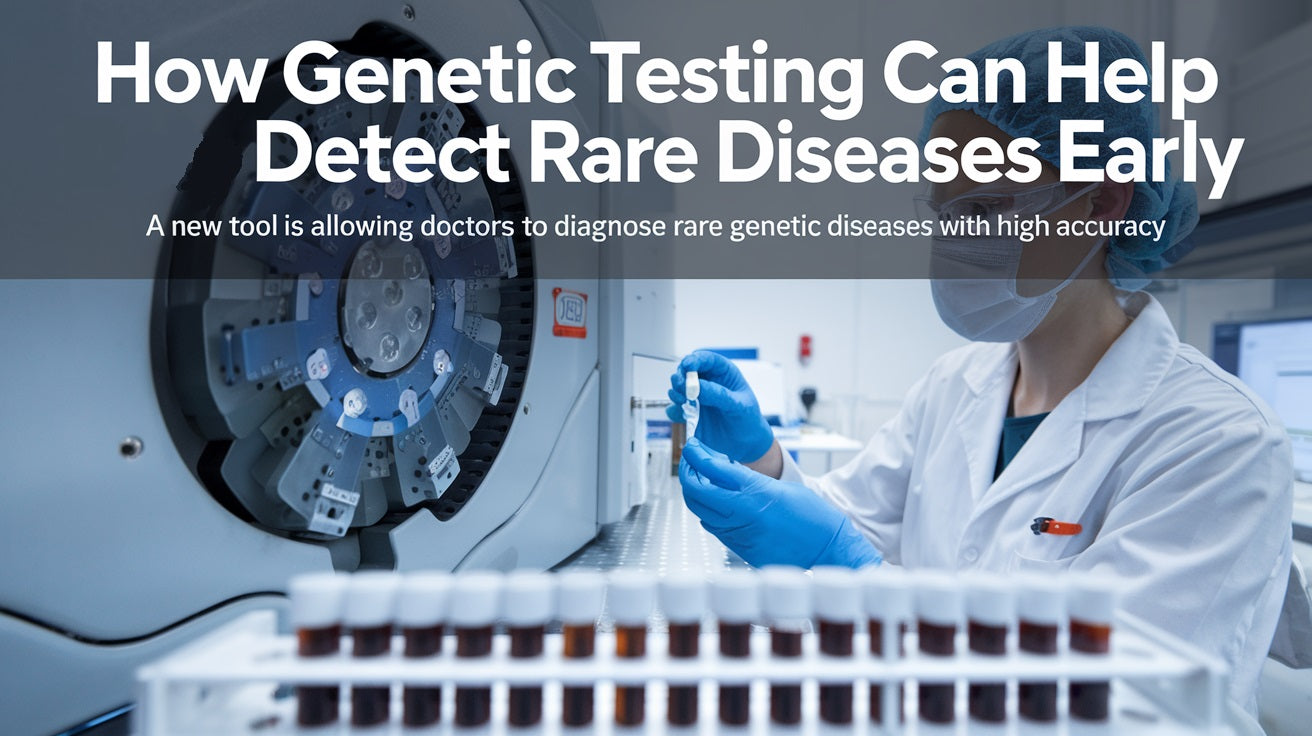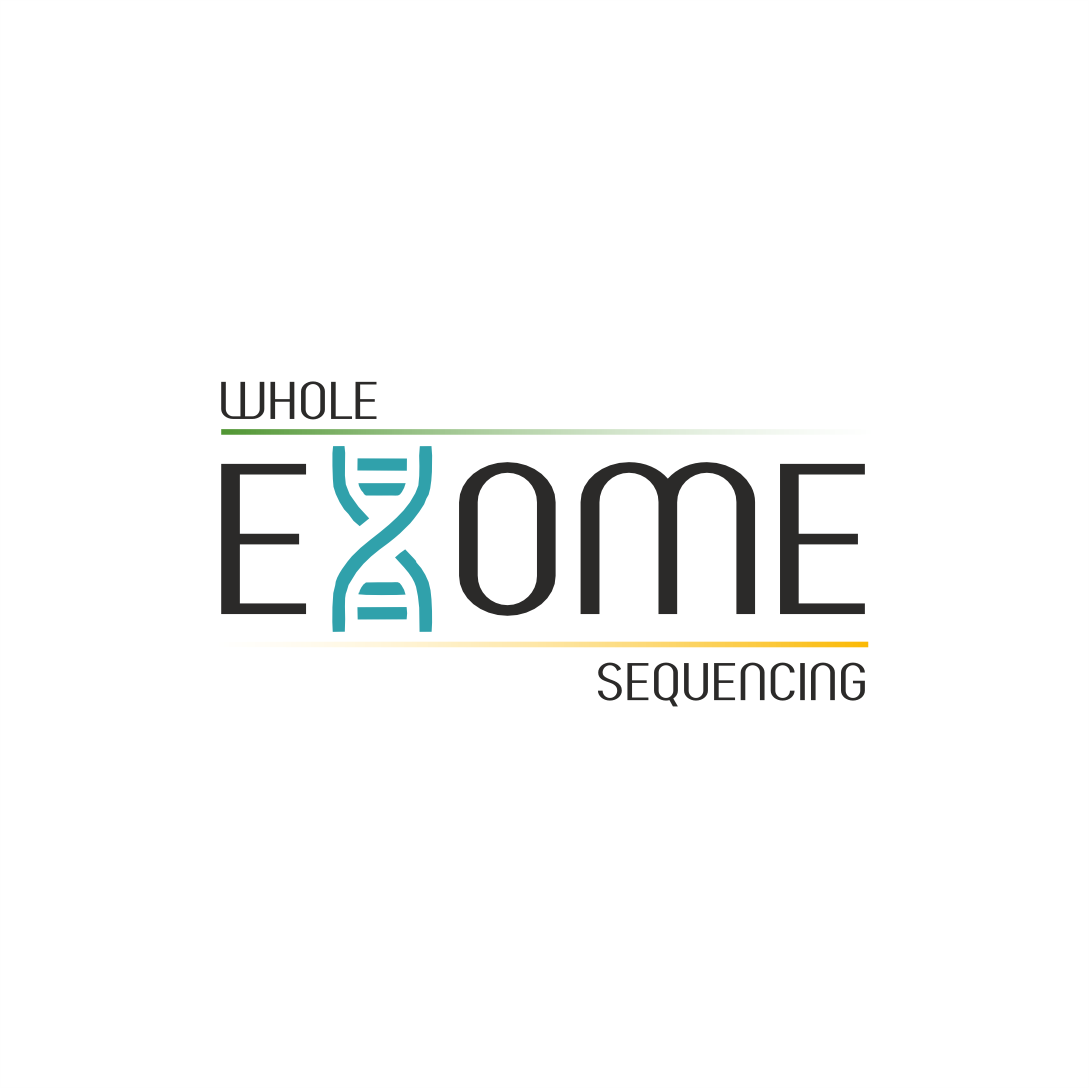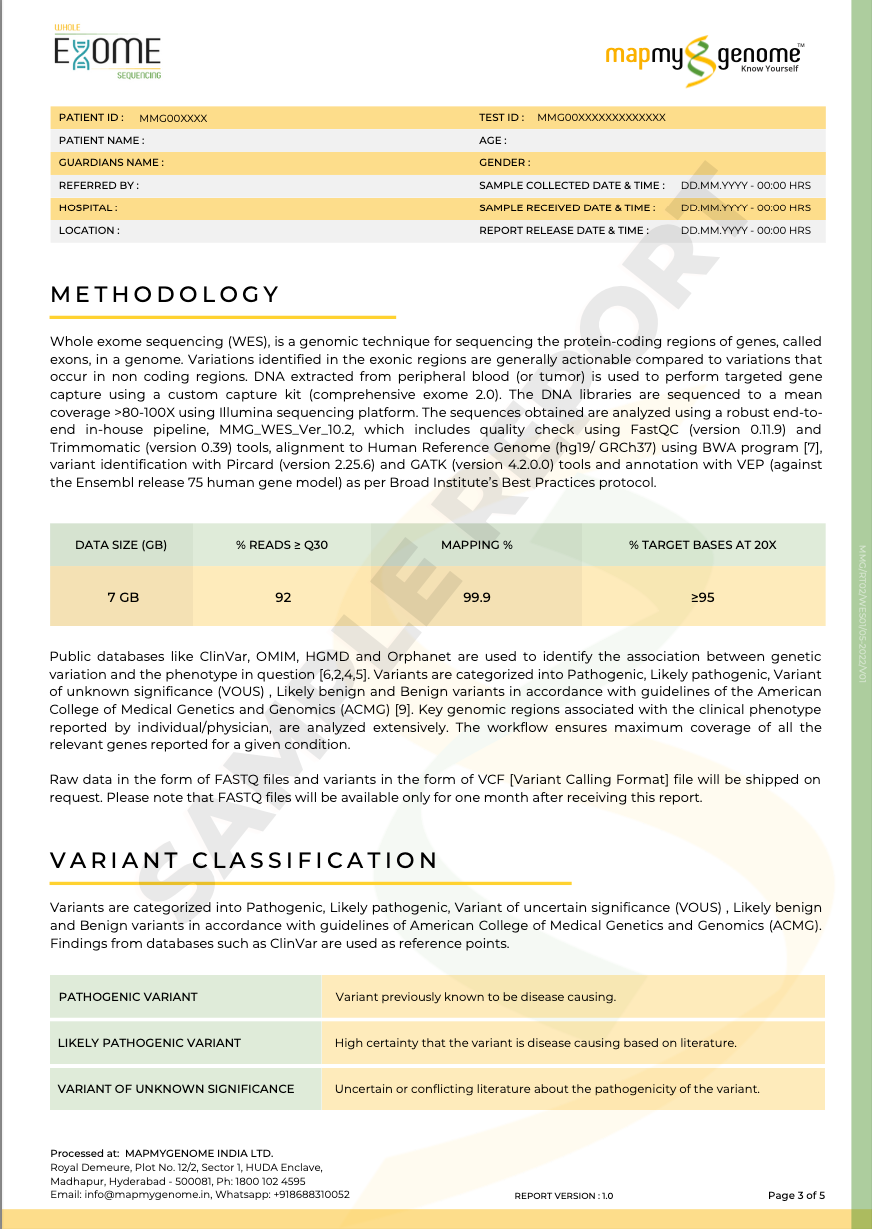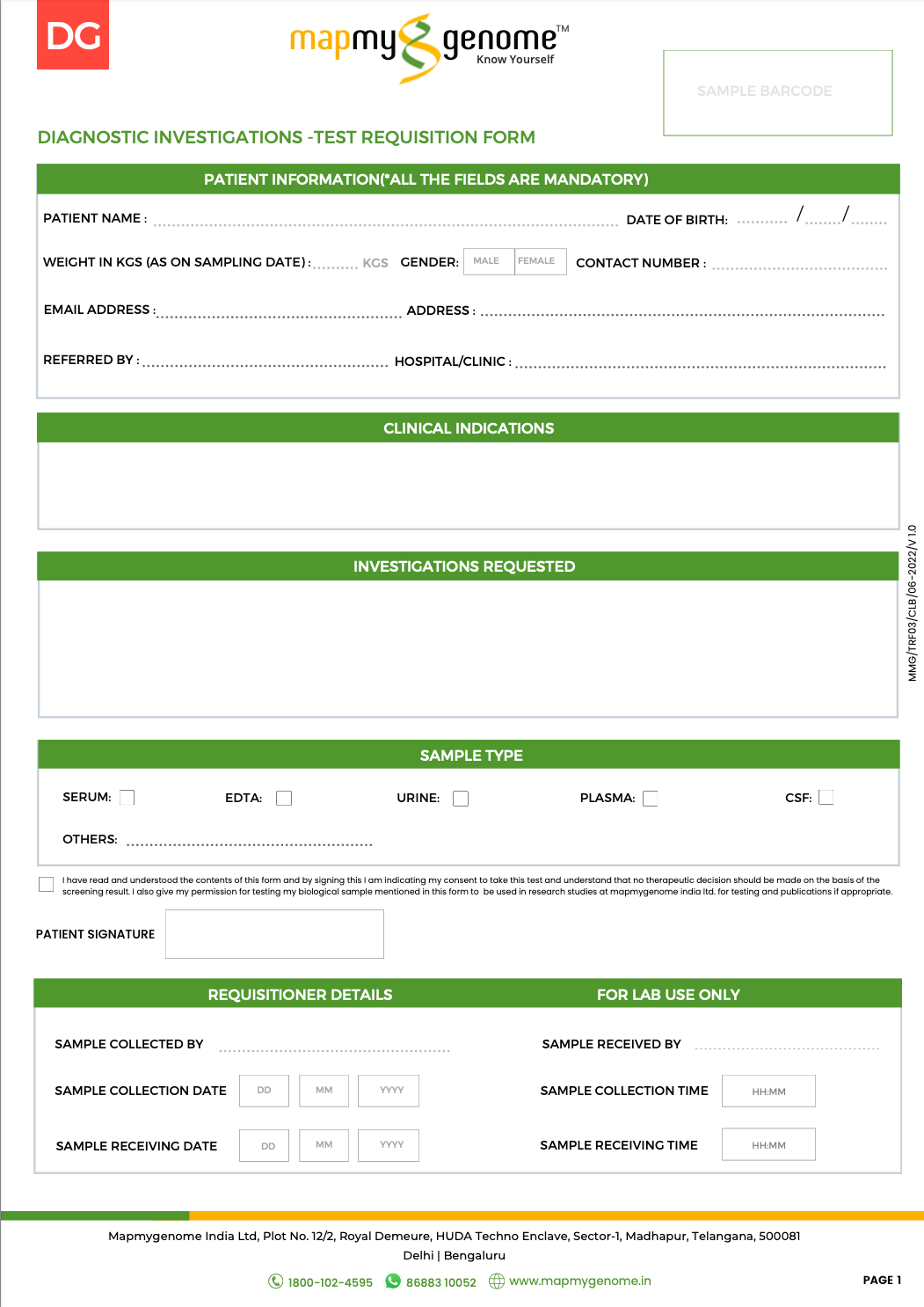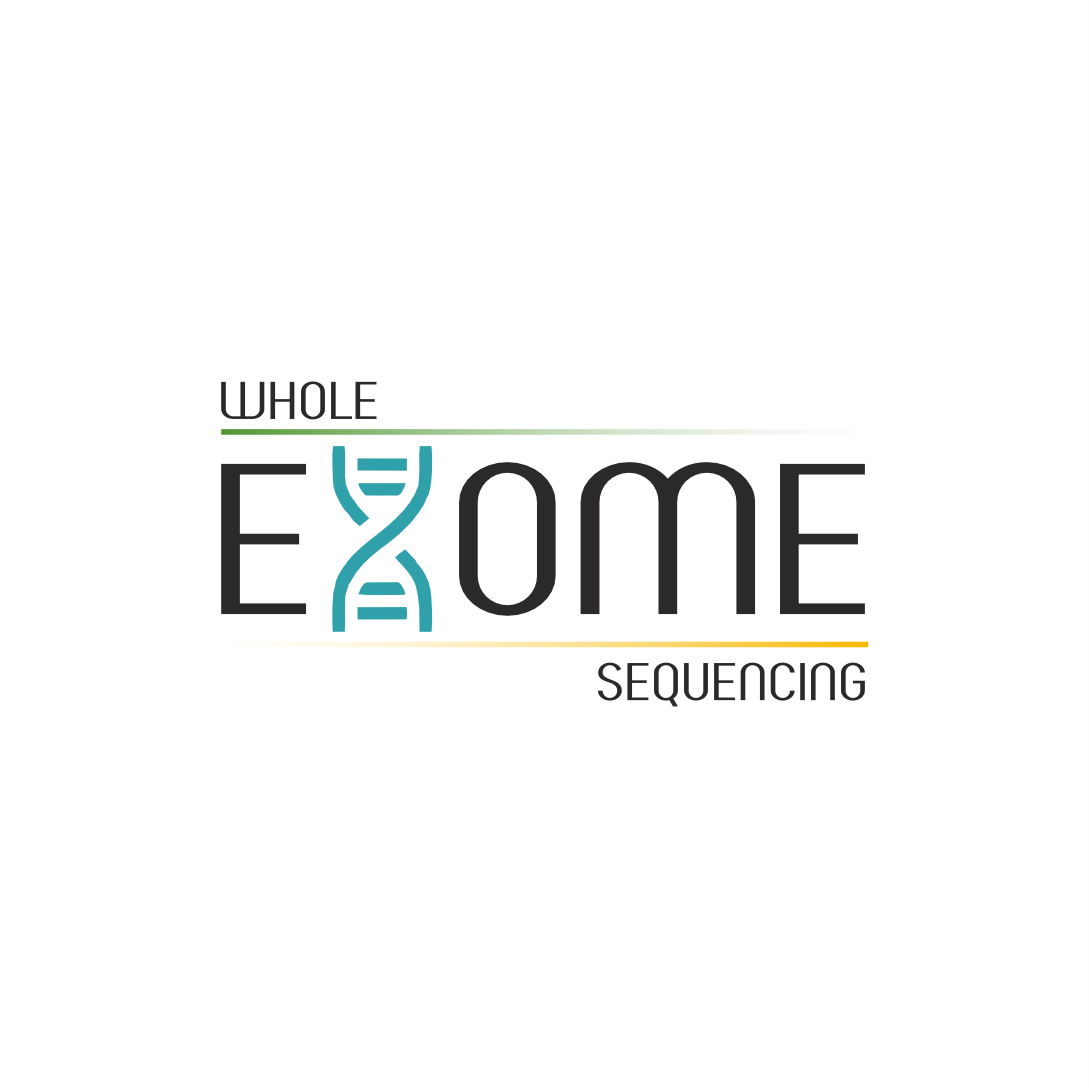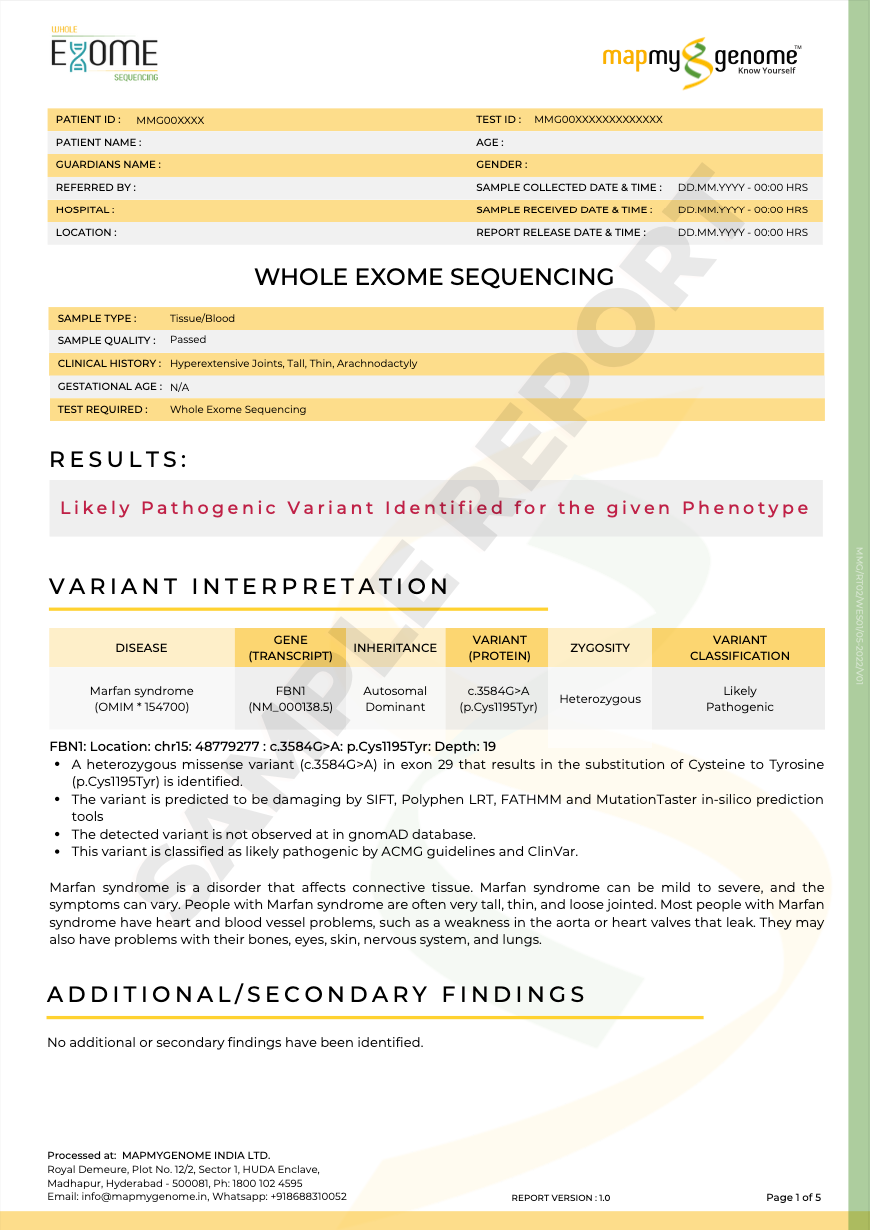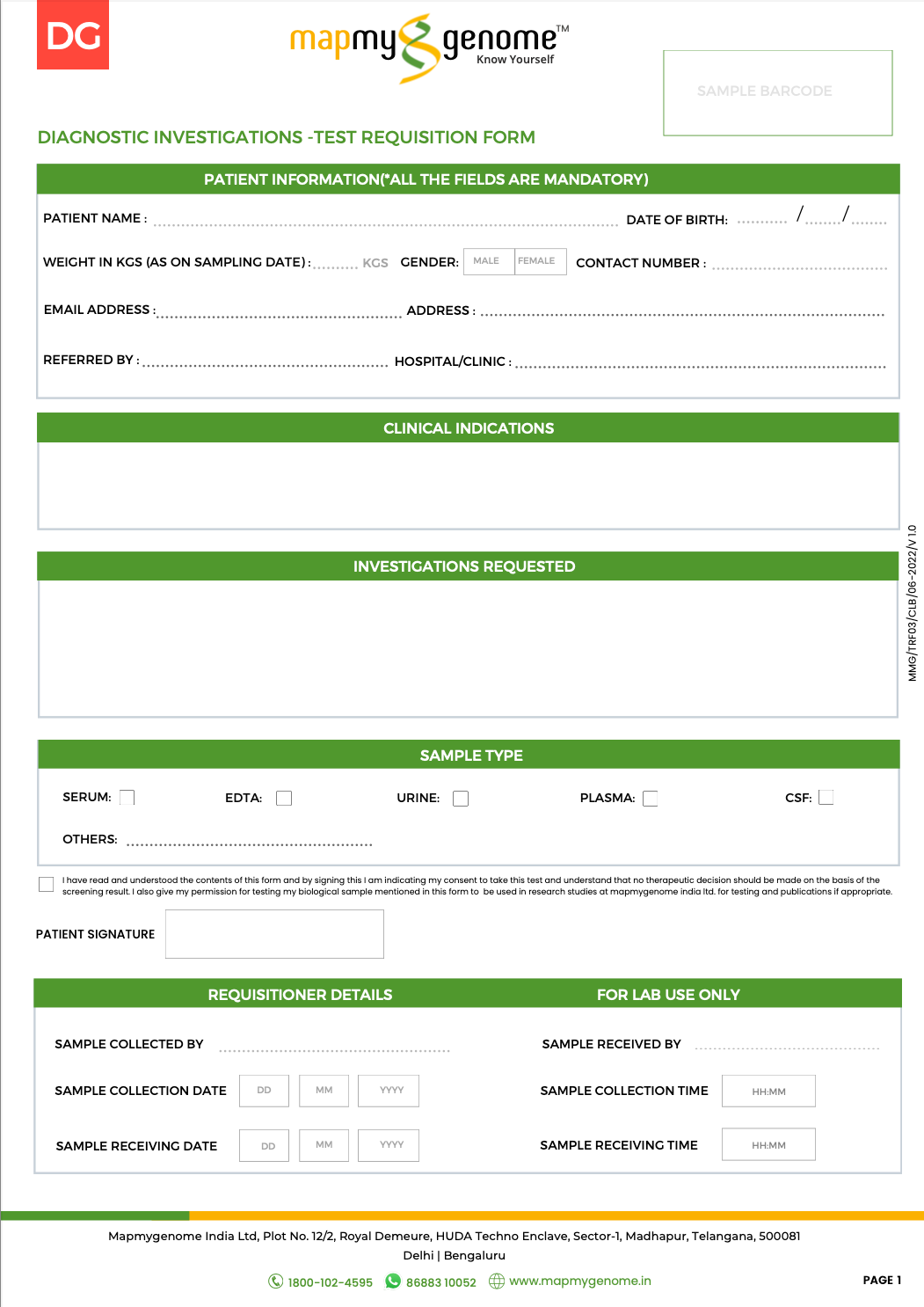Rare diseases are medical conditions that affect a small percentage of the population, often presenting unique challenges for diagnosis and treatment. With over 7,000 identified rare diseases globally, affecting an estimated 300 million people, early detection is crucial to managing these conditions effectively. However, due to their rarity and complexity, diagnosing rare diseases can be difficult and may take years.
This is where genetic testing plays a vital role. By analyzing a person’s DNA, genetic testing can help identify the root cause of a rare disease, enabling early detection, proper diagnosis, and timely intervention. In this blog, we will explore how genetic testing can assist in detecting rare diseases, the benefits it offers, and why it should be considered by those at risk.
What are Rare Diseases?
Rare diseases, also known as orphan diseases, are conditions that affect a small percentage of the population. In the U.S., a disease is classified as rare if it affects fewer than 200,000 people, while in Europe, it’s considered rare if fewer than 1 in 2,000 people are affected. Despite their rarity, these diseases collectively impact millions of people worldwide.
Some well-known examples of rare diseases include:
- Huntington's Disease: A neurodegenerative disorder that affects movement, cognition, and behavior.
- Cystic Fibrosis: A genetic disorder that primarily affects the lungs and digestive system.
- Duchenne Muscular Dystrophy: A genetic disorder causing progressive muscle degeneration and weakness.
- Tay-Sachs Disease: A fatal genetic disorder that affects the nerve cells in the brain and spinal cord.
Most rare diseases have a genetic origin, which means they are caused by mutations or changes in a person’s DNA. This is why genetic testing has become an essential tool in diagnosing these conditions early.
How Genetic Testing Works for Rare Diseases
Genetic testing involves examining an individual’s DNA to identify mutations or abnormalities that may be responsible for a disease. The process typically involves:
- Sample Collection: A sample of blood, saliva, or other tissue is taken and sent to a laboratory for analysis.
- DNA Sequencing: The lab sequences the DNA to look for specific mutations that are known to be associated with rare diseases.
- Interpretation of Results: A geneticist or healthcare provider interprets the test results and provides a diagnosis based on the findings.
There are different types of genetic tests used to detect rare diseases:
-
Single Gene Testing: This test looks for mutations in a specific gene known to cause a rare disease. For example, if a patient is suspected of having Huntington’s disease, single gene testing will focus on the HTT gene.
-
Panel Testing: Panel tests analyze multiple genes at once, which is useful for detecting conditions caused by mutations in any of several genes. This is commonly used for diseases like muscular dystrophy or cardiomyopathies.
-
Whole Exome Sequencing (WES): WES looks at all of the protein-coding genes in the genome and is often used when the disease-causing mutation is not obvious. This test is highly beneficial in identifying new or unknown mutations linked to rare diseases.
-
Whole Genome Sequencing (WGS): WGS analyzes a person’s entire genome, offering the most comprehensive look at genetic information. It’s used when other methods fail to find the mutation responsible for a rare disease.
The Importance of Early Detection for Rare Diseases
Early detection of rare diseases can make a significant difference in the outcome and management of the condition. Here’s how genetic testing helps in early detection and why it’s crucial:
1. Reduces Diagnostic Delays
Many individuals with rare diseases face a lengthy diagnostic journey, often referred to as the "diagnostic odyssey." This process can take years, with patients visiting multiple specialists before receiving a correct diagnosis. Genetic testing can dramatically reduce this time by providing precise information about the underlying genetic cause.
This quick diagnosis allows patients to begin appropriate treatment or management plans earlier, preventing complications and improving quality of life.
2. Enables Early Intervention and Treatment
Once a rare disease is identified through genetic testing, doctors can devise a personalized treatment plan tailored to the specific condition. For some diseases, early intervention can slow the progression of the disease, prevent symptoms, or even offer a cure.
For example, early detection of cystic fibrosis through newborn screening allows for early intervention with treatments that can prolong life and improve lung function.
3. Provides Reproductive and Family Planning Insights
For families with a history of rare diseases, genetic testing offers valuable insights into the risk of passing the condition on to future children. Carrier screening can determine if prospective parents are carriers of a specific genetic mutation, enabling them to make informed decisions about family planning, such as opting for preimplantation genetic diagnosis (PGD) during in vitro fertilization (IVF).
4. Facilitates Participation in Clinical Trials
For individuals diagnosed with a rare disease through genetic testing, participation in clinical trials for new therapies becomes an option. Many rare diseases have no known cure, but advancements in research and experimental treatments often become available through these trials. Early diagnosis opens the door to exploring these opportunities.
Benefits of Genetic Testing for Rare Diseases
Genetic testing for rare diseases offers several key benefits that can improve patient care and outcomes:
1. Accurate Diagnosis
Identifying the genetic cause of a disease provides a definitive diagnosis, reducing uncertainty and allowing for targeted management.
2. Personalized Treatment Plans
Many rare diseases require tailored treatment approaches. Genetic testing ensures that patients receive the most appropriate care based on their genetic profile, enhancing the effectiveness of treatments.
3. Improved Prognosis
In some cases, early detection and intervention can extend life expectancy and improve the quality of life for individuals with rare diseases. For instance, early treatment for conditions like spinal muscular atrophy (SMA) can slow disease progression significantly.
4. Informed Family Planning
Families at risk of passing on a rare genetic disorder can make informed decisions about having children, reducing the likelihood of passing the disease to the next generation.
5. Emotional Relief
The diagnostic odyssey can be an emotionally taxing journey for patients and families. Genetic testing provides clarity and closure, offering a sense of relief by providing a concrete diagnosis.
Who Should Consider Genetic Testing for Rare Diseases?
Not everyone needs genetic testing, but certain groups should strongly consider it, especially if:
- There’s a family history of a rare disease: If you have a relative who has been diagnosed with a rare disease, genetic testing can help determine your risk.
- You or your child have unexplained symptoms: If a medical condition remains undiagnosed despite multiple tests and consultations, genetic testing may uncover the cause.
- You are considering having children: If there is a known family history of a rare genetic disorder, carrier screening or preconception genetic testing can help guide family planning decisions.
Final Thoughts: A Proactive Approach to Rare Diseases
Genetic testing has revolutionized the way we detect and manage rare diseases. By offering precise, early diagnoses, genetic testing can alleviate the uncertainties many patients face during their diagnostic journey and open up new treatment possibilities. With advances in genetic research and technology, the accessibility and affordability of these tests continue to improve, making them a valuable tool in personalized medicine.
If you or a loved one suspect a rare genetic condition or have a family history of one, discussing genetic testing options with your healthcare provider could be a proactive step toward better health outcomes. Understanding your genetic makeup is the first step toward early detection and personalized care for rare diseases.


